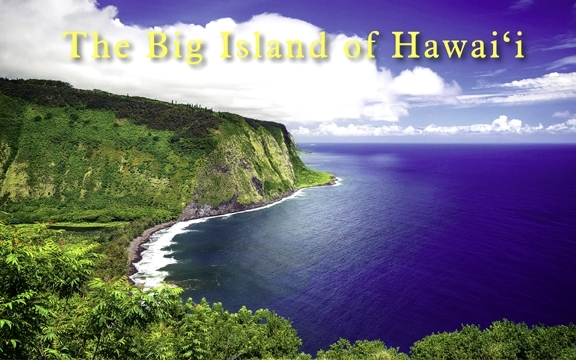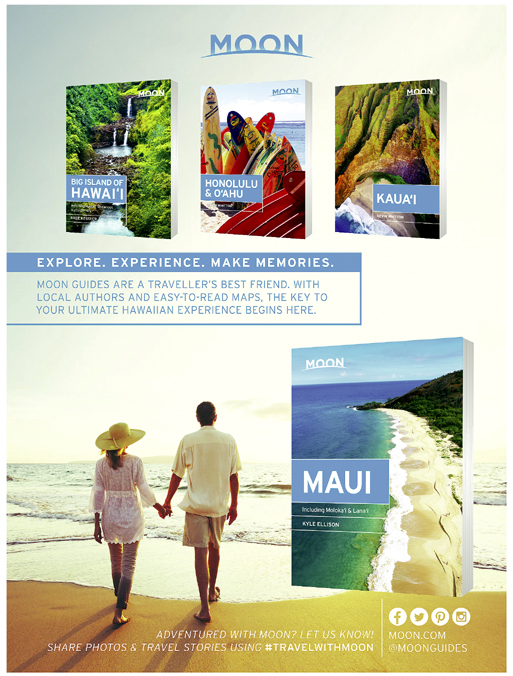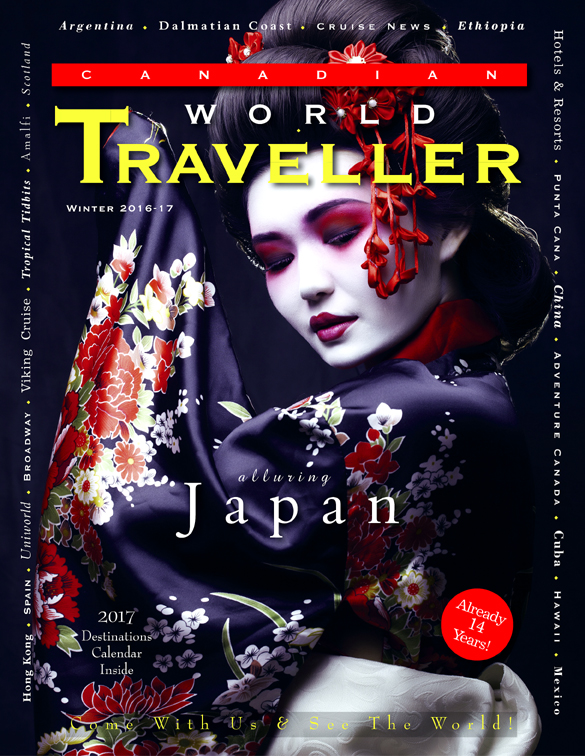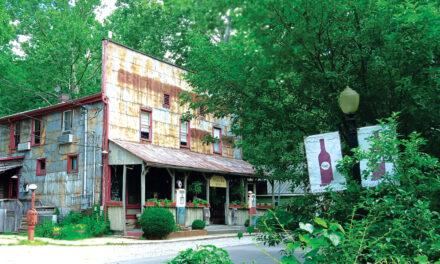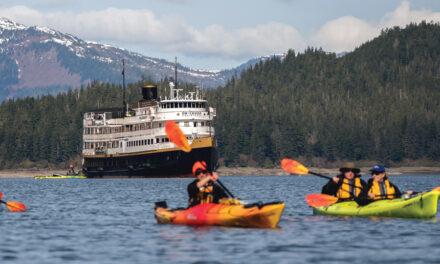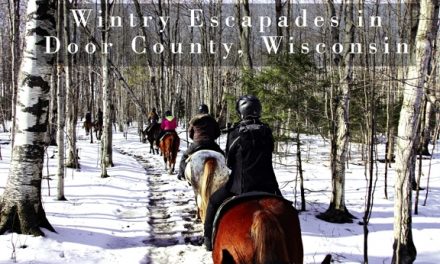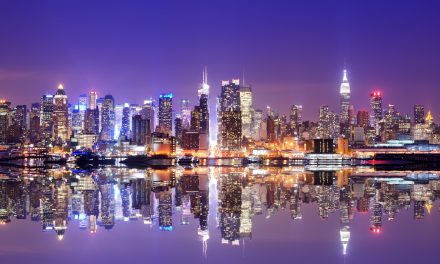USA
The Big Island of Hawai‘i
Adapted from Moon Big Island of Hawai‘i by Bree Kessler
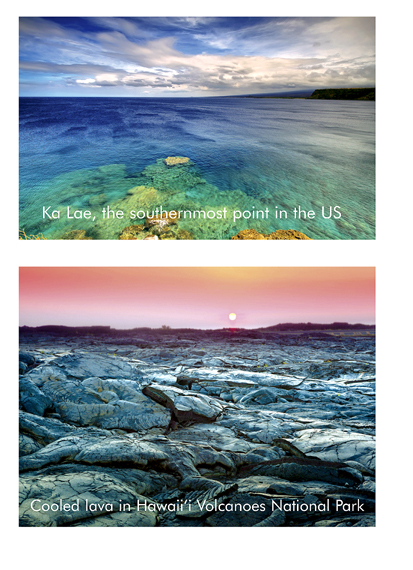
Everyone knows the Big Island of Hawai‘i has beaches and sunshine. But the island is so much more than its unbelievably good weather. It’s not hard to get off the beaten path here: the majority of the Big Island offers seclusion and adventure with easy access.
Many visitors are beckoned by the Big Island’s well-known spectacular landscape—including pristine Hapuna Beach, picture-perfect Waipi‘o Valley, and the lava flow jumping out of the crater at Hawai‘i Volcanoes National Park. The island provides a huge array of activities for outdoor lovers, from horseback riding through paniolo (cowboy) country to surfing the popular Honoli‘i Beach Park; from night snorkeling with the manta rays in Keauhou Bay to stargazing at the Mauna Kea Observatory.
But what makes the Big Island so great is also what makes it so difficult for trip planning. Every nook and cranny of the island is unique, and it’s hard to not want to experience it all. The Big Island isn’t the kind of place where you can say, “Well, the beaches on the east side are probably the same as here.” They aren’t. And the interior part of the island is worlds away from the coast, while actually only being 15 minutes away. Don’t worry, though. Just take a deep breath—you can see it all.
Kona is dry, sunny, and brilliant—most visitors’ introduction to the island. When watered, the rich soil blossoms, as in the small artists’ enclave of Holualoa and South Kona, renowned for its diminutive coffee plantations.
As the center of this region, Kailua-Kona boasts an array of art and designer shops, economical accommodations, and great restaurants. There are plenty of historical and cultural sites like Moku‘aikaua Church, a legacy of the very first packet of missionaries to arrive in the islands, and Hulihe‘e Palace, vacation home of the Hawaiian royalty. Kealakekua Bay, one of the first points of contact with foreigners, is also one of the best snorkel sites that Hawai‘i has to offer.
North of Kailua-Kona, otherworldly black lava bleeds north into Kohala. Up the coast is Hapuna Beach, one of the best on the island. Here you’ll find expansive resorts, making this the island’s luxury resort area, barren lava turned into oases of green. Peppered among these resorts are petroglyph fields left by ancient Hawaiians.
The Kohala Mountains sweep down to the west to a warm and largely uninhabited coast, and to the east tumble into deep valleys cut by wind and rain. Several isolated beach parks dot the coast, and here and there are cultural sites, including a modern-day ruin at Mahukona Beach Park.
One of the best scenic drives on the island, the “underdeveloped” southernmost region of the island is primarily an arid coastal region with a few towns at the base of Mauna Loa and the recognizable Ka Lae, also known as South Point. Below the ranches, macadamia nut farms, and coffee fields are lovely beaches, some of which can only be reached by harsh four-wheel-drive roads like the Road to the Sea.
Or skip the four-wheel drive; take an hour-long stroll to the Green Sand Beach, which truly has green-tinted sand (caused by olivine), or an easy paved drive to the Punalu‘u Black Sand Beach, where you’re almost guaranteed to see turtles lounging in the sand.
The great lava fields that have spewed from Kilauea dominate the heart of Hawai‘i Volcanoes National Park. While miles of hiking trails crisscross the park, most visitors see it by car along the rim drive that brings you up close to sights like the impressive Halema‘uma‘u Crater, the mythical home of Madame Pele, the fire goddess. Chain of Craters Road spills off the pali through a forbidding yet vibrant wasteland of old and new lava to where this living volcano fumes and throbs.
Nights in Volcano Village can be cold, but you’ll be so distracted by watching the lava glow from the Thomas A. Jaggar Museum and then singing karaoke alongside park employees at Kilauea Military Camp that you’ll hardly notice the drop in temperature at all.
On the island’s windward (east) coast, Hilo is the oldest port of entry and the only major city. This is where it feels like old Hawaii. The city is one tremendous greenhouse where exotic flowers and tropical plants are a normal part of the landscape. The town boasts Japanese gardens, Honoli‘i Beach (the best place to watch surfing), the Lyman Museum and Mission House, the Pacific Tsunami Museum, and a profusion of natural phenomena, including Rainbow Falls and Boiling Pots as well as black-sand beaches on the east side of town.
Puna lies south of Hilo and makes up the majority of the southeast coast. It’s one of the last bastions of tropical old Hawaii, a place of independent-minded people willing to live on the edge and off the grid. Recent lava flows cover this region. One embraced a forest in its fiery grasp, entombing trees that stand like sentinels today in Lava Tree State Monument.
Anchoring the eastern end of this coast are the Kapoho tide pools, and from there a string of ebony-black beaches dot the shoreline, including Kehena Beach, where on Sundays locals come to beat drums and sun their naked bodies. The coastal road dead-ends where it’s been covered by lava at the small village of Kaimu, and the more recent work of Pele can be seen behind the Pahoa transfer station where the lava flow of 2015 amazingly stopped just short of entering the town.
The northeast coast above Hilo is Hamakua, where streams, wind, and pounding surf have chiseled the lava into cliffs and precipitous valleys. The road north from one-street Honoka‘a dead-ends at the lookout at Waipi‘o Valley, the most spectacular and enchanted valley on the island.
When the weather gets too hot seaside, drive upcountry to Waimea, the cool interior part of the island, where a fireside meal will be waiting for you. This is the heart of Hawaiian cowboy country and home to the Hawaii Regional Cuisine movement. Another great idea is to spend an early Sunday morning at one of the island’s numerous farmers markets adorned with tropical fruits, malasadas (Portuguese doughnuts), and food carts with mouthwatering huli huli chicken and kalua pork.
From Waimea you can traverse the island via the Saddle Road, which separates the mountains of Mauna Loa and Mauna Kea. Along the Saddle Road are stretches of native forest, barren lava flow, and rangeland, plus a number of worthy spots for a stretch.
From the Saddle Road, a spur road heads up to the top of Mauna Kea, where, at 13,796 feet, observatories peer into the heavens through the clearest air on earth. If you head south from here, another road zigzags up the slope to an atmospheric observatory, and there a hiking trail for the hale and hearty heads to the top of Mauna Loa.
With all that and more, it’s possible to “do” the island in a few days, but it’s definitely preferable to go at a more leisurely pace. When your visit is over, say “a hui hou” (until we meet again). You’ll want to come back.
Copyright © 2016. Available from Avalon Travel, an imprint of Perseus Books, LLC, a subsidiary of Hachette Book Group, Inc.
www.moon.com
Click on cover to view published article

